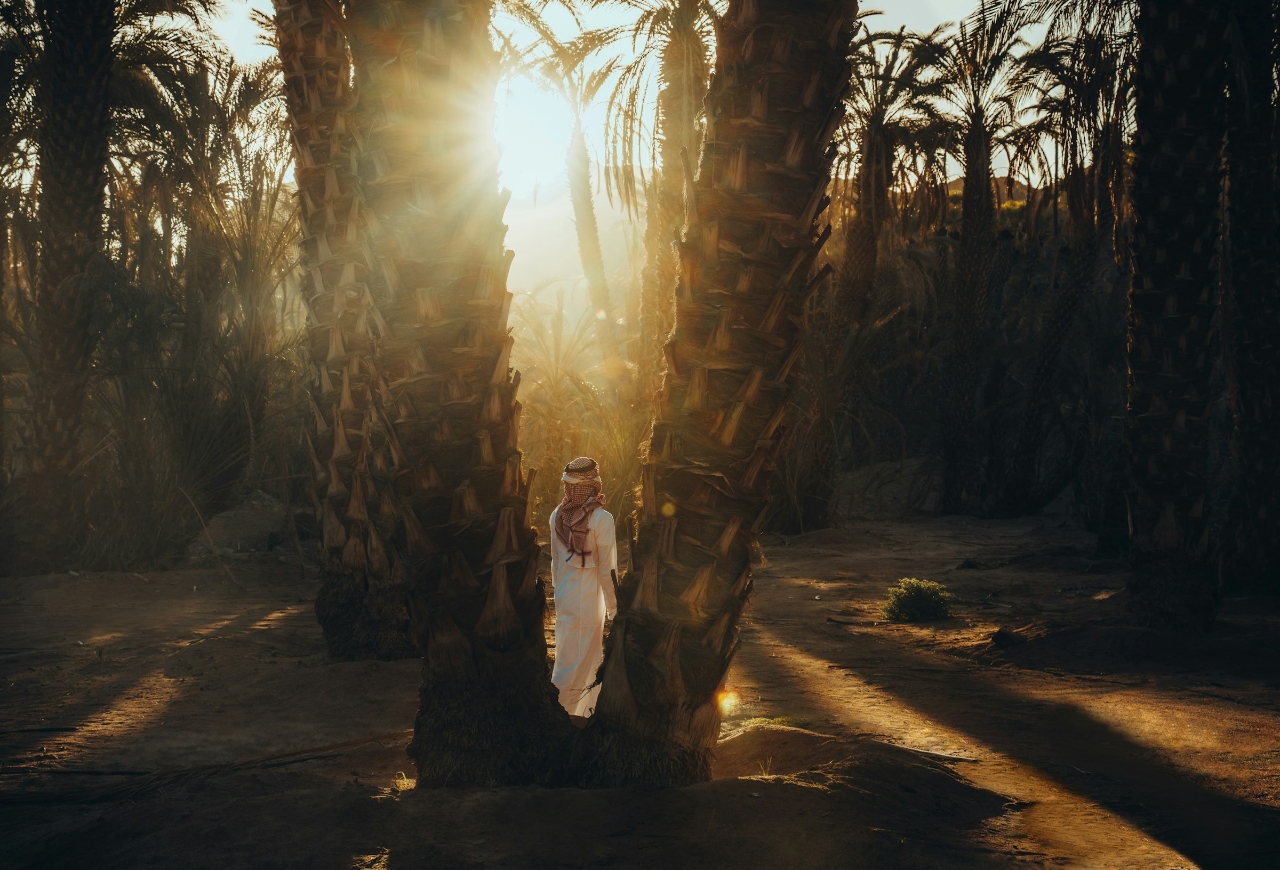The kingdom plans to attract foreign funding for its sustainable development goals through the issue of green bonds.

Saudi Arabia’s government has paved the way for the issue of its first green bonds, as the world’s largest oil producer seeks to raise funds to finance a high-cost green agenda, which while ambitious, has largely still to be implemented.
The Saudi finance ministry published a Green Financing Framework (GFF) in late March, saying this would enable the government to issue green bonds and sukuks (Islamic finance instruments) in the future, though it did not specify a timeline for issuance.
The bonds would be the first green bonds issued directly by the Saudi government, though not the first to come out of the kingdom.
In 2022, the country’s sovereign wealth fund, the Public Investment Fund (PIF), began issuing green bonds to help meet the heavy funding requirements of implementing the sustainable development component of the Saudi Vision 2030 plan, a blueprint for transforming the country’s economy. PIF made two green bond issuances in 2022 and 2023 totalling $8.5bn (€7.9bn), including tranches of differing maturities.
Those green bond issues were reportedly heavily oversubscribed, reflecting in part a growing appetite among big global investors to boost the share of ESG-related bonds in their portfolios. but also the attractive returns investors hoped to make.
Project financing
Edward Kempson, the Riyadh-based global coordinator of the sustainable finance practice at Latham & Watkins, told Impact Investor that market-rate returns were still a must for large-scale green bond issues.
“With certain exceptions, investors still tend to look at such bonds through the lens of returns first and then look at screening criteria around ESG and green considerations,” he said.
The GFF establishes a path for proceeds from future green bonds to finance projects in eight eligible green categories: environmentally sustainable management of living natural resources and land use; energy efficiency; renewable energy; clean transportation; pollution prevention and control; sustainable water and wastewater management; climate change adaptation; and terrestrial and aquatic biodiversity.
Investors have expressed concerns about the sustainable development credentials of a country that is expected to remain the world’s largest oil producer, and has limited political freedoms and a poor human rights record.
However, the terms of the PIF green bond programme and the Green Financing Framework are seen as largely conforming with international norms. Credit ratings agency Moody’s assigned the GFF a “good” quality score, noting it was aligned with the four core components of the International Capital Market Association’s (ICMA) Green Bond Principles. It said the framework demonstrated “a moderate overall contribution to sustainability”.
“Impact investors will be keen to understand both how the proceeds of the green instruments will be used for eligible projects and how the issuance of such green instruments will fit within the kingdom’s broader socio-economic environment and its Vision 2030 transition plan,” Kempson said.
Ambitious goals, scant progress
The Saudi government has set a number of environmental goals linked to its Vision 2030 blueprint for economic development, including cutting greenhouse gas emissions by 278 million tons a year compared to 2019 levels by 2030 and reaching net zero emissions by 2060.
One goal to help achieve this is boosting renewable energy to around 50% of the energy mix by 2030. The government also says it plans to plant 10 billion trees in Saudi Arabia – 600 million of them by 2030 – and 40 billion trees across the Middle East. Water scarcity is already a concern which the government needs to tackle, with 70% of domestic drinking water already coming from costly desalination plants.
However, environmental groups say scant progress has been made towards many of these goals. Climate Action Tracker, which produces analysis based on the work of a consortium of scientific research groups, says in its December 2023 update that the country had done little to decarbonise its economy, with emissions more likely to rise than fall by 2030, while renewable energy generated less than 1% of the country’s electricity in 2022, a far cry from the 50% envisaged for 2030.
Saudi Arabia’s 2060 target date for net zero also looks tepid in comparison to other countries. It is on par with China and out of sync with European countries, the US and many other states, including neighbouring oil producer UAE, which have all pledged to hit net zero in 2050 or sooner.
The Saudi government says its longer-term target reflects the task of developing economic alternatives to the hydrocarbons industry. It also reflects the need to keep the oil earnings rolling in for now to pay for the massive economic adjustment needed to convert the kingdom into a country with a diversified industrial base powered by the private sector from one with a bloated and unproductive state sector.
Saudi nationals have become accustomed to walking into well paid state sector jobs, but that this model is fast becoming unsustainable, other regional observers say. Around two-thirds of the country’s population of over 32m people are under the age of 30, need jobs and have different ambitions from previous generations. The biggest driver for spending by Saudi Arabia’s autocratic leadership may be keeping them happy.





